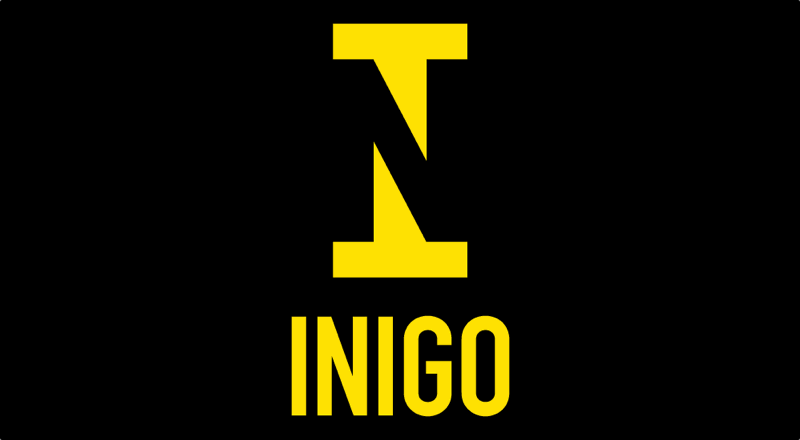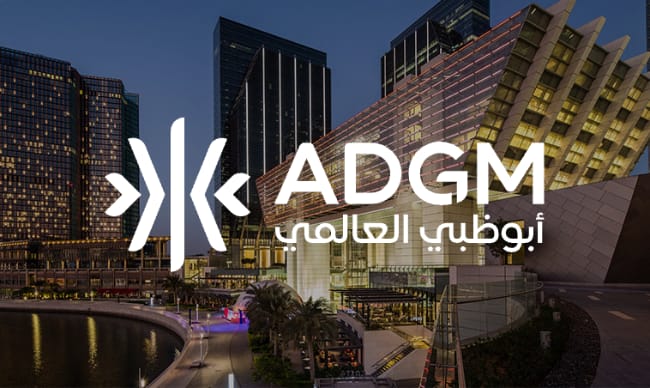P&C market summary It’s no secret the property and casualty (P&C) market is full of struggle.After years of premium increases and market withdrawals, the right sizing of risk-to-profit is … a work in progress.Some areas of the market have seen the necessary improvements to lift underwriting above water.
Auto insurance, for instance, has buoyed the profiles of the carriers who write it, thanks to the post-pandemic years of sharp premium increases.Some markets are notoriously difficult.Florida and California, for instance, are both still on a journey of legislative reform and market changes.
And wildfire risk across the country has insurers rethinking their approach to underwriting this risk.Shareholder expectations are their own force within the industry, and carriers and agencies that hope to spread their risks while exploring new avenues for profitability will necessarily be on the lookout for good partners for merging or acquisition.That brings us to the following: For P&C carriers that hope to deliver on their bottom line, McKinsey reports four common factors that can make the difference in the coming year: Clear strategies to capture profitable growth and focused execution If you read the McKinsey report and it seemed like the summary was, “to win, you need a plan to win,” you’ll be forgiven.
But if you’ll indulge us, there’s a little bit of nuance.Sure, it may seem like it goes without saying that you need a strategy to grow, but here’s why all those adjectives matter: The McKinsey report champions the idea that most strategies will involve some sort of M&A plans.But again, the principles of clear, profitable, and focused apply.
If your acquisitions are scattershot affairs of snapping up partners without evaluating their overlap with your existing pipeline or how they align with your growth strategies, you may find yourself in a morass of a merger with no clear line on profitability.I.e., bigger ain’t always better.Modernized underwriting Telematics.
Internet of Things devices.Underwriters have more tools at their disposal than ever before in collecting data about insureds.Yet, this overwhelming mass of data is only helpful if you know what to do with it and have the processes in place to support it.
AI can be instrumental in assessing a risk even as applications and information comes from multiple varied sources.But this is only useful if you can ensure you’re falling in line with various states’ regulations of AI in underwriting and plugging what you use into a comprehensive and holistic system.In the end, your business may have a very tailored definition of what “modernized” underwriting means to you or your business partners.
But if you don’t have a way to activate it, it’s still just data collection for the sake of data collection instead of delivering lower business risk for you and right-sized premiums for your customers.Cost-effectively acquiring businesses that solve for distribution M&A is the lifeblood for many P&C carriers and agencies alike.But the margins on your new ventures—and the long-term ROI—vary.
A lot.What makes a new acquisition cost effective? You get the most ROI out of an acquisition that: Unfortunately, businesses that have low internal operations costs, are streamlined, and are clearly profitable are rarely just sitting on the market with a “Buy Me” nametag.Instead, you may not know whether a business can be purchased and cleaned up to be a profitable add until after you’re already too deep.
Businesses that solve for distribution are businesses that may have relationships you want to add to your network.Or they may have impressive downstream agents.Or they may have an innovative way of going to market.
Whatever it is, focus your time and effort on acquiring businesses that are an add for you, not just businesses that make you “bigger.” The cost-effectiveness of an acquisition really comes down to the way you handle your internal administrative costs.Businesses that purchase another company and then let that company continue to operate in a bubble often see the risks of M&A (agent churn, regulatory risks, bloat) with the barest of skinny-margin rewards.Operational efficiencies that lower internal administrative costs The real payoff for you and for any M&A activity in your business comes from your internal operational efficiencies.
When you streamline your internal administrative costs, you make it easier for a handful of employees to manage lots of complexity.Onboarding new partners, new agents, and new acquisitions necessarily means a high volume of data.But most of it is the same data, every time.
So having every single onboard turn into a special snowflake is a waste of time and money (and since time money, it’s a waste of more money).By streamlining your internal processes, you lower your administrative costs and make your M&A activities far more successful.It adds up to more money in your pocket and the ability to be more reactive proactive when the P&C market gets turbulent.
AgentSync and your M&A success AgentSync helps agencies and carriers in P&C stay abreast of regulatory changes and shifting market conditions.By streamlining internal processes, our clients can make their M&A activity more profitable while also improving their reputations with their distribution partners, from agencies to carriers and everyone in between.If you’re ready to level up your M&A activity, see what else AgentSync can do for you; schedule a demo today.
Publisher: Insurance Journal








